Chevrolet Colorado Vs Toyota Tacoma: Which Mid-Size Truck is Right For You?

The Toyota Tacoma is the most popular choice but is it also the better one?
While the mid-size pickup truck market might not be as hotly contested as the full-size one, that doesn’t mean it’s one manufacturers choose to ignore. In fact, one truck in particular, has captured the market like no other and it sold nearly 240,000 units last year—in the middle of the pandemic. That truck is the Toyota Tacoma, the most popular mid-sizer in North America. And it’s not like there’s any dearth of competition either. The Japanese truck faces stiff competition from the Detroit giants Ford and GM, in the form of Ford Ranger and the Chevrolet Colorado.
Get a Quote on a New Chevrolet Colorado or Toyota TacomaIf a full-sizer is too large for you and you’re looking for a mid-size pickup, the Colorado and the Tacoma are bound to be on your list. But which of the two is the better choice? We compare the specs to see which one prevails.
Cabin Space
Colorado: Available in two cab configurations, extended and crew cab, the rear cabin space varies wildly between the two styles. At the front however, 41.4 inches (1,051 mm) and 45 inches (1,143 mm) of head and legroom remain constant regardless of the cab style chosen.
The crew cab offers 38.3 inches (973 mm) of headroom in the rear and 35.8 inches (909 mm) of legroom in the rear bench. While the headroom stays the same, the legroom drops to 28.6 inches (726 mm) in the rear of the extended cab versions. It’s also worth pointing out that the wheelbase affects the length of the rear bed and not the in-cabin space in any way.
Tacoma: Just like the Chevy, the Tacoma is available with two cab sizes too, the Access Cab and the Double Cab. These are essentially the same as Extended and Crew Cab configurations of the Colorado. Inside you can expect 37.9 inches (963 mm) of headroom in the front regardless of the body style. But space in the rear is a different story. The Access Cab offers 34.9 inches (886 mm) of headroom in the rear while the Double Cab manages 38.3 inches (973 mm).
The difference in the rear legroom is even greater between the two styles. Where the Access Cab offers just 24.6 inches (625 m) of rear legroom, the double cab provides a more adult-friendly 32.6 inches (828 mm) of leg space in the rear.
Bottom Line: The Colorado is considerably longer than the Tacoma and it shows in the cabin space. While the Tacoma is available with a 140-inch wheelbase too, it only affects the length of the bed and not the cabin space. In terms of cabin room, the Colorado has the Toyota beat in every aspect and is the clear winner of the category.
Cargo and Towing
Colorado: The Colorado comes with both short and long-box beds with both cab configurations. The short box can accommodate 41.3 cu-ft (1,169 liters) of luggage while the long box configuration offers a maximum cargo capacity of 49.9 cu-ft (1,327 liters). As for towing, the Colorado can haul 7,000 lb without breaking a sweat.
Tacoma: While Toyota doesn’t disclose the cargo capacity for the 73.7 or the 60.5-inch bed, the Tacoma can tow up to a maximum of 6,400 lb when equipped with the V6 and 3,500 lb when equipped with the four-pot.
Bottom Line: The American takes the category here as it can tow 600 lb more than the Toyota.
SEE ALSO: Chevrolet Colorado vs Ford Ranger: Which Truck Is Right For You?Tech and Features
Colorado: A 7.0-inch touchscreen infotainment with Android Auto and Apple CarPlay is standard on the Colorado WT (or Work Truck). A four-way power-adjustable driver’s perch is also a standard offering on the Colorado. Climate control though, is only available as standard from the Z71 trim onwards. You can get it as part of an optional package on the LT trim but the WT comes with manual air-con only.
LT and above nets a six-way power-adjustable driver’s seat while four-way power adjustment for the passenger seat is available on the ZR2 trim only. You also get Wi-Fi hotspot and the larger 8.0-inch infotainment screen on all trims except the base WT. The 4.2-inch MID on the instrument cluster however, is only available with the Z71 and ZR2 trims.
Tacoma: Only the TRD Pro and top-of-the-line Limited trim comes with a dual-zone climate control system as standard. Opting for the TRD Sport and TRD Off-road, makes the feature available as a part of a package while the SR and SR5 come with manual air conditioning only.
As for the infotainment, a 7.0-inch system with Apple CarPlay and Android Auto is the standard offering. An 8.0-inch system becomes available SR5 trim onwards. Navigation along with the JBL premium sound system is only available as standard on the TRD Pro with automatic gearbox and the Limited trims. Trims SR5 through TRD Off-road can only have navigation as part of an optional package.
All trims come with analog dials with a 4.2-inch MID screen as standard. The off-road trims get an additional inclinometer with roll and pitch displays.
Bottom Line: Both the Toyota and the Chevy are on equal footing here. While the Chevy offers a power-adjustable driver’s perch as standard, the Toyota comes with a 10-way power-adjustable seat on its higher trims. Other than that, the feature list is quite similar. So it’s a tie here.
Powertrains
Colorado: You can have the Colorado with a choice of three engines and two transmissions. The 2.5-liter four-pot comes standard with the two-wheel-drive models and makes a humble 200 hp and 191 lb-ft of peak torque. It is also only available with 4WD with the extended cab versions.
A 3.6-liter V6 with 308 hp and 275 lb-ft is also available, as is a 2.8-liter diesel which makes 181 hp but a massive 369 lb-ft of torque. If you want a crew cab configuration with 4WD, the V6 and diesel are your only options as the 2.5 4WD is only available with the extended cab trims. There are no manual transmissions here. The gas four-cylinder and the diesel come with a six-speed auto while the V6 is only available with an eight-speed automatic.
SEE ALSO: 2021 Ford Bronco Sport Review: Full of Bucking CharacterTacoma: The Tacoma is available with a choice of two powertrains and two transmissions, one of which is a manual. A 2.7-liter four-cylinder is the base engine in the Tacoma which makes 159 hp and 180 lb-ft of peak torque. It is only available with a six-speed automatic transmission.
A 3.5-liter V6 is the other engine, which makes 278 hp and 265 lb-ft of peak torque. It is available with both a six-speed manual and a six-speed automatic and with both body styles. The six-speed manual however, is only available with the 4WD TRD Pro and Off-road trims only.
Bottom Line: We would have preferred the Toyota win as it offers a manual whereas the Colorado doesn’t. But the win goes to the Chevy as it offers more powertrain options, including a fuel-efficient diesel.
Fuel Economy
Colorado: The fuel efficiency of the gasoline engines is similar despite the difference in capacity. In the city, the 2.5-liter four-cylinder 2WD returns 19 mpg and manages 25 mpg on the highway. Fuel efficiency of the 4WD powertrain remains the same in the city but drops an mpg on the highway.
The V6 manages A figure of 18 mpg in the city, while on the highway it manages to return 25 mpg with 2WD. The 4WD figures for the V6 stand at 17 and 24 mpg. The diesel is by far the most fuel-efficient engine of the lot. The 2WD trims return 18 mpg in the city and manage 25 mpg out on the highway. Efficiency drops by an mpg each for the 4WD versions.
If you opt for the ZR2 trim be ready for a hefty fuel bill as the diesel returns 18 and 22 mpg while the V6 can only manage 16 mpg in the city and 18 mpg on the highway. It is also worth noting that the ZR2 trim is available with 4WD only, obviously.
Tacoma: The four-cylinder 2WD offers 20 mpg in the city and 23 mpg on the highway for an overall figure of 21 mpg. For the 4×4 models, the efficiency drops by 1 mpg for each. Same is the case with the V6, which in its 4×2 guise manages to deliver 19 mpg in the city and 24 on the highway for a combined figure of 22 mpg. The manual–only available with the TRD trims–manages 17 mpg in the city, 20 on the highway and 18 mpg overall.
Bottom Line: It was close, but the Colorado narrowly wins this one as both the V6 and the diesel are more efficient compared to both powertrains of the Tacoma.
Safety
Colorado: Standard safety tech includes features like airbags, ABS and traction control. Driver assistance features like Forward Collision-Avoidance and Lane Departure Warning are all optional LT trim onwards. Even the Z71 doesn’t get the active safety as standard. Regardless of the trim you choose, a safety package will need to be added on.
Tacoma: Toyota offers Pre-Collision system with pedestrian detection, Lane Departure Alert and Radar Cruise Control as standard across the range. Other features like rear parking sensors and blind-spot monitoring however are available as standard on the TRD Pro and Limited grades but are available on the lower trims as part of optional packages.
Bottom Line: The Toyota mid-sizer wins this category by a mile as most of the safety features that are only available on the top trims on the Chevy are standard on the Toyota.
Pricing
Colorado: Starting from just under $30,000, the base WT trim with the 2.5-liter four-pot lists from $29,780 (including destination). Upgrading to the V6 motor will set you back by $1,485 extra. If you add both the V6 motor and 4WD, the price increases by $3,500 over the base price. Next up in the trim ladder is the LT trim starting from $32,380. The diesel upgrade adds a hefty $6,915 to the price.
The Z71 is only available with 4WD and comes with the V6 as standard. Prices start from $34,995 while the diesel powertrain adds $4,375 to the price. A complete off-roading machine, the ZR2 sits on top of the trim ladder and starts from $44,395 for the V6 powertrain while the diesel starts from $47,845 before options and packages.
Tacoma: Pricing for the Tacoma starts from $27,345 (including destination) for the base SR trim which comes with the 2.7-liter engine as standard. Upgrading to 4WD increases the cost by $3,075. Upgrading to the V6 2WD costs $2,260 extra over the base 2WD and upgrading to the 4WD costs $5,725 more than the base 2WD trim. The SR5 starts from $29,135 and is also available with the four-pot as standard.
It’s only TRD Sport onwards that the 3.5-liter V6 becomes the standard option. Prices start from $35,540 for the 2WD and the price includes a $1,285 Technology Package that is mandatory with the TRD Sport. Upgrading to the 4WD costs $2,000 extra. But if you go for the manual, you can get the 4WD for only $915 extra. The TRD Off-road trim starts from $36,765 for the V6 AT 2WD and upgrading to the 4WD costs about $1,500 more but strangely, the price of the 4WD manual is $120 less than the 2WD AT.
Moving on to the top trims. The Limited is only available with the 3.5-liter V6, six-speed AT combination and the upgrade to 4WD costs $3,075 extra. Finally, the TRD Pro is the top trim here and is available with 4WD only. The AT version starts from $47,975 while the manual starts from $45,270.
Bottom Line: The Tacoma undercuts the Colorado by a fair margin, though the higher trims do cost more, thanks to the better standard safety equipment, the Tacoma has the advantage here and hence is the winner in this category.
Verdict: Chevrolet Colorado vs Toyota Tacoma
This spec comparison has been pretty balanced. Both mid-sizers have their advantages and shortcomings. Where the Colorado is more efficient and offers more powertrains, the Toyota starts at a lower price and also offers a manual gearbox. But the deciding factor for us was the safety tech. Where Chevy’s standard offering is practically devoid of active safety features, the Toyota offers things like pre-collision warning with pedestrian detection and lane-keeping assist as standard. Couple that with a lower starting price and bulletproof reliability and you have your winner.
Become an AutoGuide insider. Get the latest from the automotive world first by subscribing to our newsletter here.

More by Kshitij Sharma



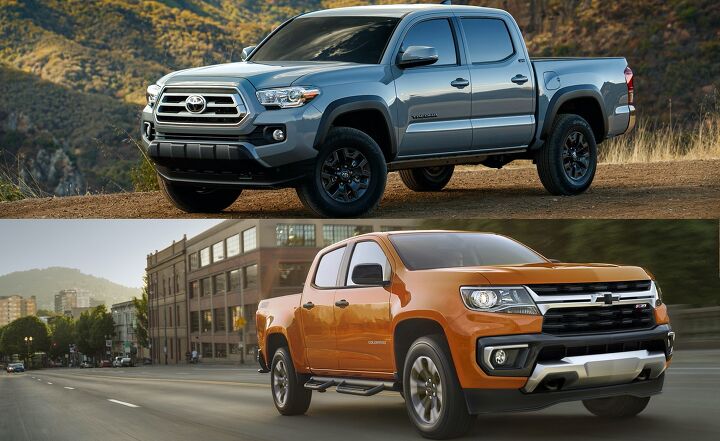
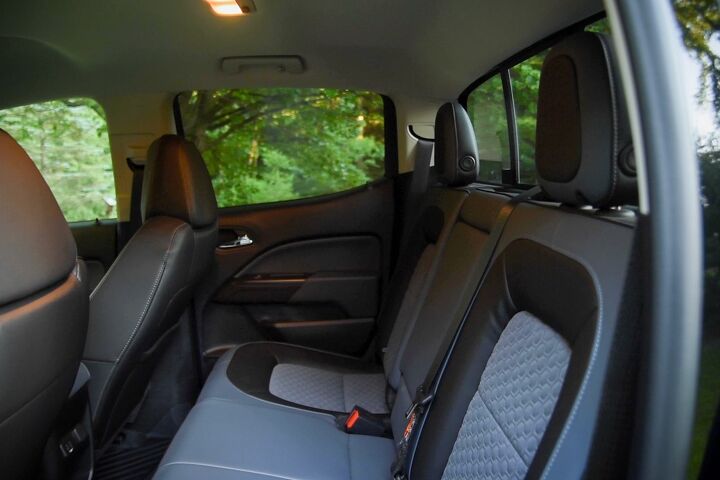
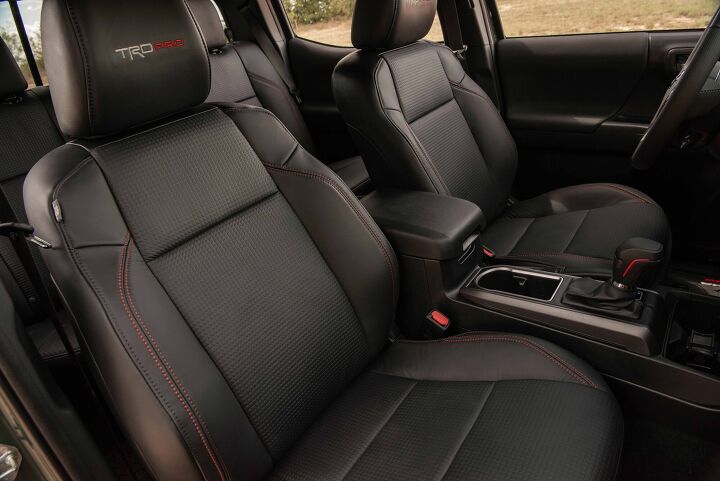























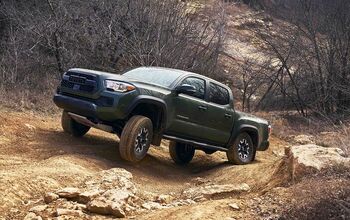

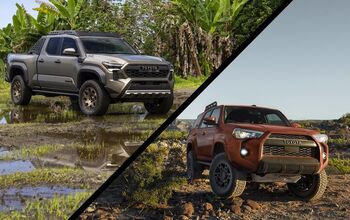
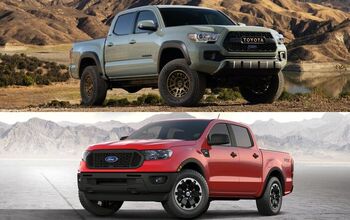
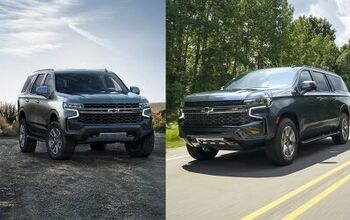
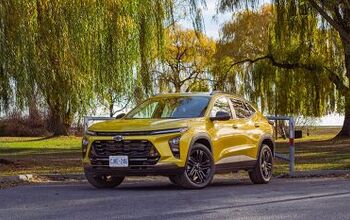
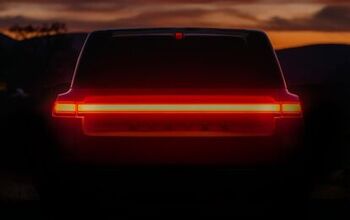




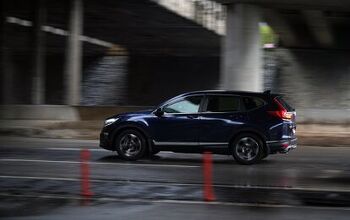



Comments
Join the conversation
Just looking right now but very interested
Looking for a smaller truck with good gas mpg to commute 80-100 miles a day. Currently in a 2500hd z71 fully loaded 6.0 liter gas engine crew cab.